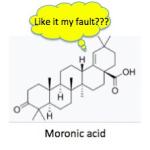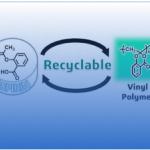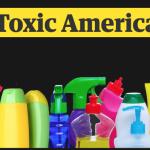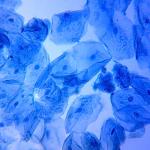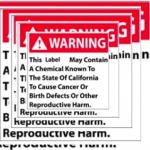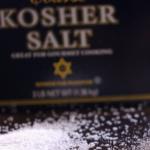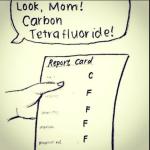Nomenclature – the "art" of naming organic chemicals – is crazy making. That's because multiple systems of nomenclature are used to describe chemical compounds.
Chemicals & Chemistry
Plastic pollution of our oceans, especially in Asia (See Compostable Forks Don't Work And Paper Straws Are Nasty.
When I was editor of RealClearScience, we considered The Guardian to be a daily must-read.
For those of us who read the Odyssey in middle school, the “wine-dark seas” will perhaps ring a bell. For those who study color, it is another example of an absence of words for the color blue.
Journalism is thoroughly inept and corrupt. The quality of journalism has gotten so bad that I have whittled down my trusted sources to merely a handful. Even then, when it comes to science, these sources often get it wrong.
California's Proposition 65, which began its miserable life as The Safe Drinking Water and Toxic Enforcement Act of 1986, now has little to do with safe water or safe anything else.
Reprinted by permission of McGill University Office for Science and Society.
###
Reprinted by permission of McGill University Office for Science and Society.
###
Some of these compounds, like allyl methyl sulfide from garlic, will turn up in your breath, pee, and sweat.
It's more of the same from the Environmental Working Group (EWG) - cleverly designed but scientifically nonsensical scares. "Organic: The Original Clean Food" is a magnifice
A couple of years ago, Panera Bread went crazy. Somebody high up in the corporation decided that selling (what is, in my opinion1) really great tasting food was no longer a sufficient strategy.
